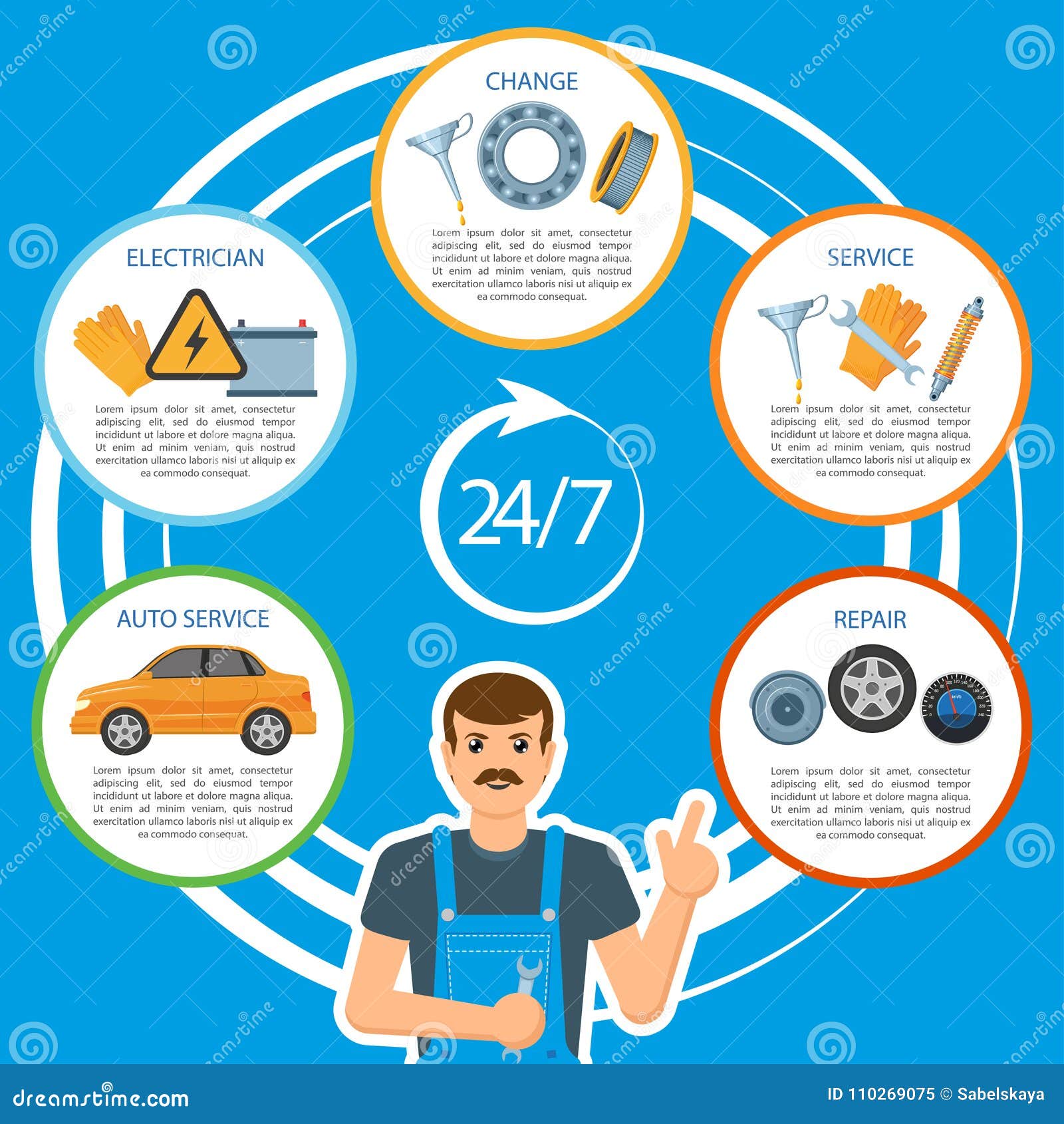Wondering About The Definition Behind Those Control Panel Warning Lights? Gain Understandings Right Into Their Ramifications For Your Car'S Safety And Maintenance
Wondering About The Definition Behind Those Control Panel Warning Lights? Gain Understandings Right Into Their Ramifications For Your Car'S Safety And Maintenance
Blog Article
Author-Higgins Alvarado
When you lag the wheel, those glowing caution lights on your dashboard can be a little bit complicated. Do you recognize what they're attempting to tell you regarding your car's health? Comprehending the relevance of these lights is crucial for your safety and security and the durability of your vehicle. So, the following time one of those lights pops up, would not you want to understand its message precisely and take the required steps to resolve it?
Common Caution Lighting and Interpretations
Determine common warning lights in your vehicle and understand their definitions to guarantee risk-free driving.
The most normal warning lights include the check engine light, which indicates issues with the engine or discharges system. If this light begins, it's important to have your car inspected quickly.
The oil stress cautioning light suggests low oil stress, calling for prompt interest to avoid engine damage.
A flashing battery light could recommend a faulty billing system, potentially leaving you stranded if not attended to.
The tire stress surveillance system (TPMS) light alerts you to reduced tire stress, affecting automobile security and fuel effectiveness. Overlooking this can lead to hazardous driving problems.
The ABS light shows an issue with the anti-lock stopping system, endangering your capacity to stop swiftly in emergencies.
Lastly, http://www.bristolpress.com/BP-Bristol+News/406954/bristol-police-partnering-with-auto-repair-shop-to-deter-thefts-by-etching-vins-into-catalytic-converters cautioning light warns of engine overheating, which can cause serious damages if not fixed swiftly.
Comprehending these usual caution lights will certainly help you deal with concerns promptly and keep safe driving problems.
Relevance of Prompt Focus
Recognizing the usual warning lights in your cars and truck is only the primary step; the significance of promptly attending to these warnings can not be highlighted sufficient to guarantee your safety and security on the road.
When a caution light illuminates on your control panel, it's your car's way of interacting a potential issue that requires focus. Neglecting these warnings can bring about much more serious problems down the road, endangering your safety and security and possibly costing you more in repairs.
Trigger attention to warning lights can prevent break downs and mishaps. As an example, a flashing check engine light could suggest a misfire that, if left neglected, can cause damage to the catalytic converter. Addressing this promptly can save you from an expensive repair service.
Similarly, a brake system cautioning light may indicate reduced brake liquid or worn brake pads, crucial parts for your safety when driving.
DIY Troubleshooting Tips
If you discover a warning light on your control panel, there are a few do it yourself fixing pointers you can attempt before looking for specialist help.
The primary step is to consult your cars and truck's guidebook to understand what the details caution light suggests. Occasionally https://lukasmhdxr.dailyhitblog.com/35709253/individual-trip-revitalizing-my-old-automobile-via-a-weekend-break-outlining-job can be as simple as a loosened gas cap activating the check engine light. Tightening up the gas cap may settle the problem.
One more typical concern is a low battery, which can set off various advising lights. Inspecting Read This method for rust and ensuring they're safe and secure may deal with the problem.
If a caution light persists, you can attempt resetting it by disconnecting the car's battery for a couple of minutes and then reconnecting it. Furthermore, examining your vehicle's liquid degrees, such as oil, coolant, and brake liquid, can help troubleshoot cautioning lights associated with these systems.
Verdict
In conclusion, comprehending your automobile's warning lights is essential for maintaining your vehicle running efficiently and securely. By immediately attending to these informs and recognizing what they mean, you can prevent pricey fixings and possible failures.
Bear in mind to consult your vehicle's handbook for certain details on each advising light and do something about it appropriately to make certain a hassle-free driving experience.
Stay notified, remain safe when driving!
